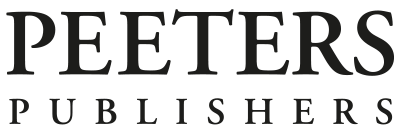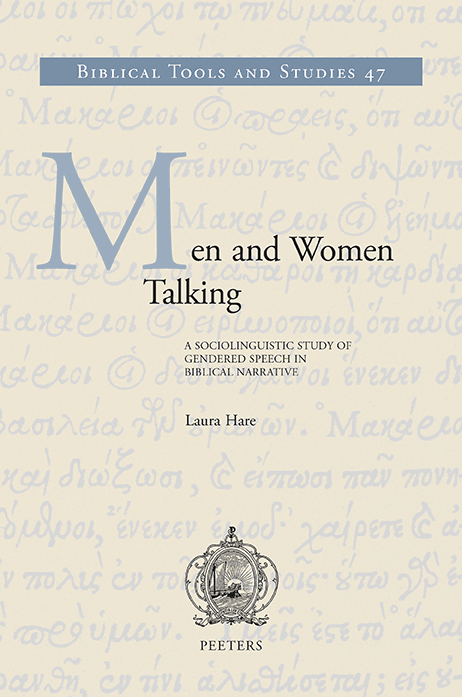

 0
FR
0
FR

In this study, Hare conducts a quantitative sociolinguistic analysis of a range of different linguistic variables from different levels of grammar, including syntax and vocabulary, that are used by men and women in mixed-gender conversations in the Hebrew Bible. The results of this analysis demonstrate that Hebrew as a written language presents a sociolinguistic world with consistent patterns of linguistic variation, including consistent patterns of gender-based variation. Because biblical authors use adherence to and deviation from the expected patterns of speech as a way of expressing character traits and indicating unusual situations, an understanding of how linguistic variation functions in the Hebrew Bible provides deeper insight into the text. The study includes four case studies that demonstrate new insights as a result of this sociolinguistic analysis.



